1) A thread of fate and fortune that will make you ask "..can it really be?" A little-known treasure of glittering gold whose discovery almost seems to defy belief.
This gold signet ring was unearthed by a farm labourer at the edge of a sleepy English churchyard in 1810...
This gold signet ring was unearthed by a farm labourer at the edge of a sleepy English churchyard in 1810...
2) The ring was clearly once worn by an influential man of his time: 18 grams of solid gold and bearing a seal with the initials & #39;WS& #39; in reverse, used to make impressions in hot wax to validate official documents. A wonderful find no doubt. But this was not just any churchyard...
3) The ring was discovered near Holy Trinity Church in the market town of Stratford-upon-Avon, Warwickshire. A town synonymous with its most famous son. Where the greatest writer in the English language, William Shakespeare (1564-1616), was born, raised, where he lived and died..
4) Intriguing as it may be, surely the finding of a gold ring inscribed & #39;WS& #39; is nothing but an entertaining coincidence? Yet, consider..
This signet or "gentleman& #39;s ring", usually worn on the forefinger or thumb, has been dated to the late 1500s or early 1600s. Precisely when..
This signet or "gentleman& #39;s ring", usually worn on the forefinger or thumb, has been dated to the late 1500s or early 1600s. Precisely when..
5)..Shakespeare retired back to his hometown in 1611, after spending most of his writing career at London. He was a wealthy man, indeed now officially a gentleman living in one of the town& #39;s largest houses, occupying his final years as a businessman managing shrewd investments...
6) Overseeing his property portfolio, money lending and grain sales would certainly have a required a seal like that on our ring, yet sadly no examples of Shakespeare& #39;s seal survive. A closer look at the bezel of our ring reveals an intriguing design...
7) Intertwined with the & #39;WS& #39; we see a & #39;true lover& #39;s knot& #39; with a heart-shaped loop symbolising bonds of love and friendship. A fitting seal for a famed Romantic poet? The ring may also represent a gift given as a token of love - possibly from Shakespeare& #39;s wife, Anne Hathaway?..
8) Surely there were lots of other businessmen in Shakespeare& #39;s Stratford with the initials & #39;W S& #39; that this ring could belong to? Actually, records show only one other, a draper named William Smith whose seal was known to be a skull and crossbones (memento mori). Furthermore...
9) ..Holy Trinity Church, where the ring was found, was a place intrinsically linked to Shakespeare& #39;s life and death. Where he was baptised in 1564, married his wife Anne in 1582, saw his 3 children baptised and where he buried his 11-year-old son Hamnet in 1596. May we imagine..
10)..A grieving father burying his gold ring at the grave of his only son? The church is also of course where Shakespeare himself was buried on 25 April 1616, 2 days after his death. Did an heir bury the ring in the churchyard, in memory of the Bard? Perhaps most significantly...
11) It was where Shakespeare attended the wedding of his daughter Judith on 10 February 1616, just weeks before his own death. Judith married Thomas Quiney, a roguish wine-merchant that had recently impregnated another woman who then died in childbirth along with her baby...
12) Could this have been the day Shakespeare lost his gold signet ring in the churchyard? He almost certainly had concerns about his daughter& #39;s new husband. In fact, his & #39;last will and testament& #39; includes an astonishing detail that may connect to our ring...
13) A month after the wedding, Shakespeare amended his will, striking out bequests to his "sonne in Law" and writing Judith& #39;s name in their place. He also added an elaborate inheritance plan for his houses that included his daughters and their future sons - but excluded Quiney...
14) The legal affirmation at the end of his will ‘whereof I have hereunto put my hand and Seale’ was altered - the words ‘and Seale’ are crossed out, suggesting for some reason Shakespeare didn’t have his signet ring when he signed the will!
15) Though the connections are striking, we cannot definitively prove this is Shakespeare& #39;s ring unless an earlier example of his seal impression is discovered - unlikely by this point. Shakespeare does make a number of references to signet rings in his works, such as...
16) & #39;Measure for Measure& #39;: “..the hand and seal of the duke: the signet is not strange to you.”
In & #39;Hamlet& #39; the young prince forges a letter, sealing it with his "father’s signet ring".
In & #39;Henry IV Part 1& #39;, Falstaff even loses his "seal-ring worth forty marks."
Lastly...
In & #39;Hamlet& #39; the young prince forges a letter, sealing it with his "father’s signet ring".
In & #39;Henry IV Part 1& #39;, Falstaff even loses his "seal-ring worth forty marks."
Lastly...
17) The final lines of Sonnet 11:
"She carv’d thee for her seal, and meant thereby
Thou shouldst print more, not let that copy die."
Is this Shakespeare& #39;s seal? Or should we remember his other saying, often told, "all that glitters is not gold."
[END]
"She carv’d thee for her seal, and meant thereby
Thou shouldst print more, not let that copy die."
Is this Shakespeare& #39;s seal? Or should we remember his other saying, often told, "all that glitters is not gold."
[END]
*The Shakespeare & #39;W S& #39; signet ring is on display at his home New Place, Stratford-upon-Avon.*
Shakespeare Birthplace Trust: https://www.shakespeare.org.uk/ ">https://www.shakespeare.org.uk/">...
Shakespeare Birthplace Trust: https://www.shakespeare.org.uk/ ">https://www.shakespeare.org.uk/">...

 Read on Twitter
Read on Twitter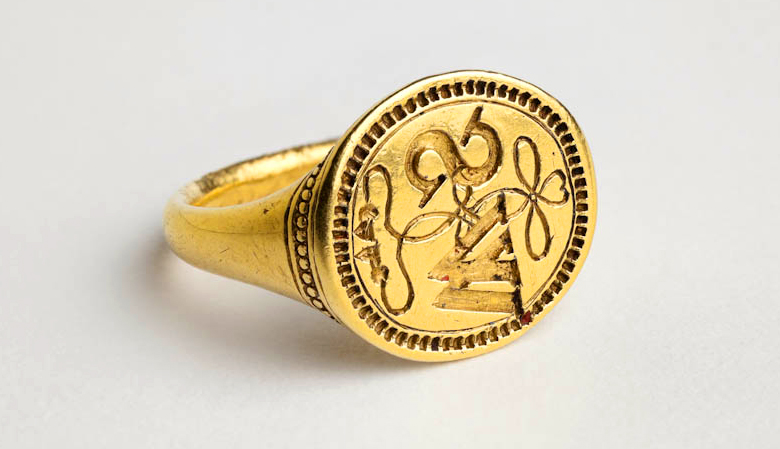
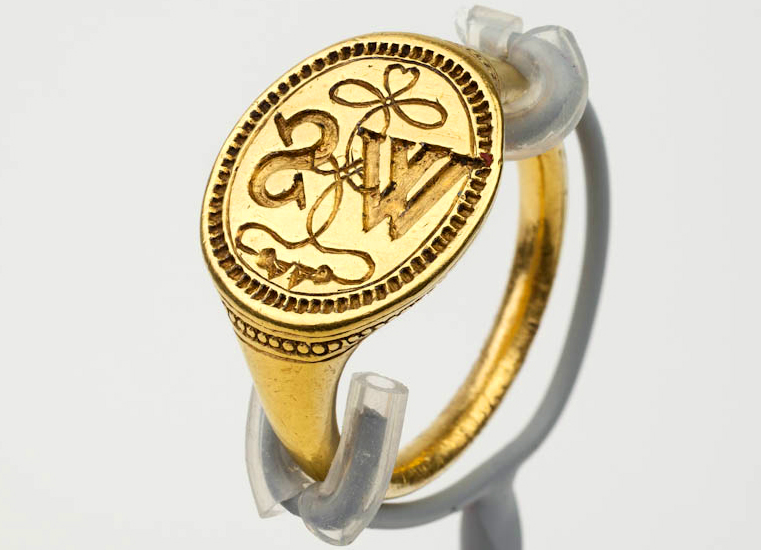

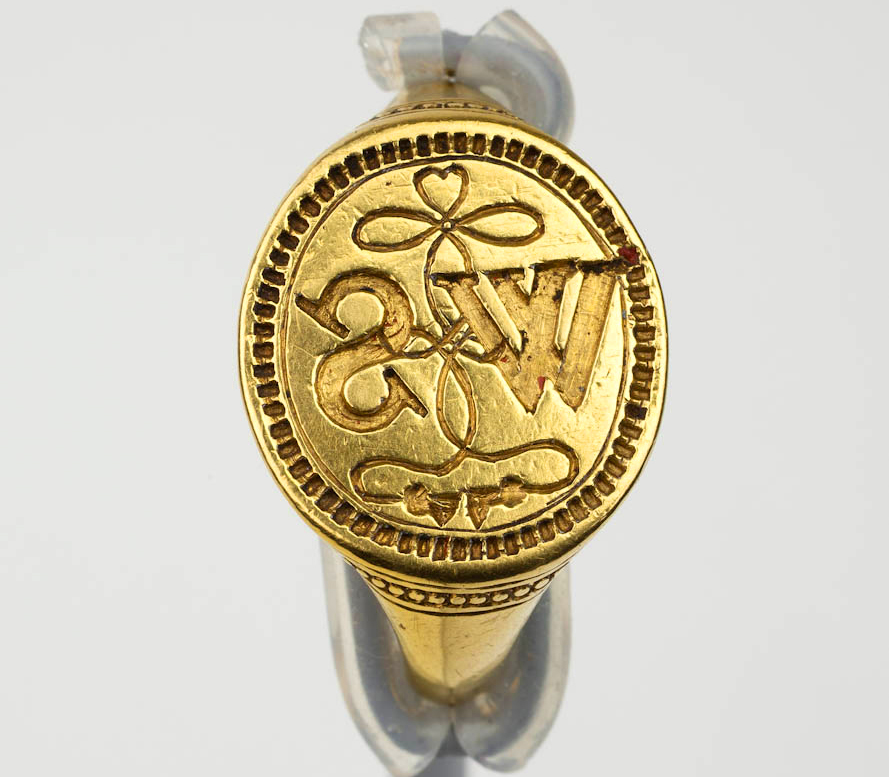
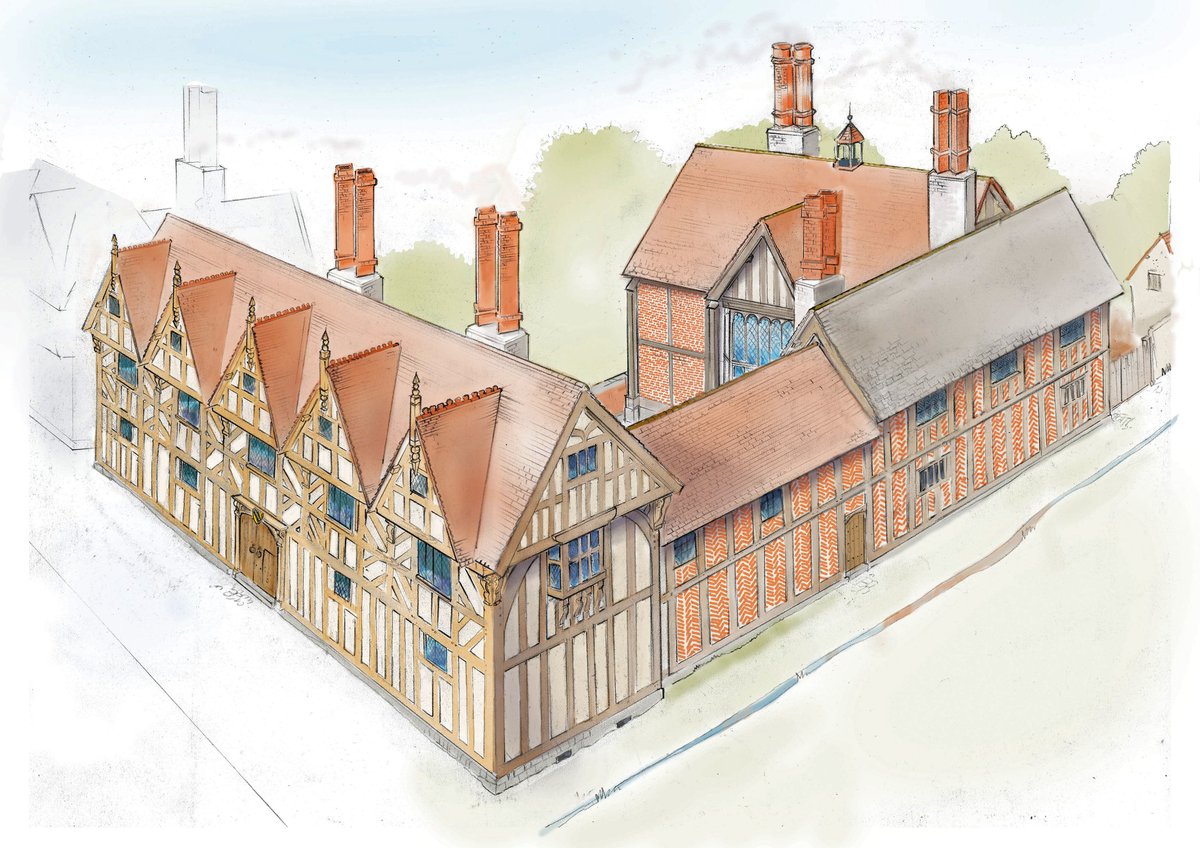

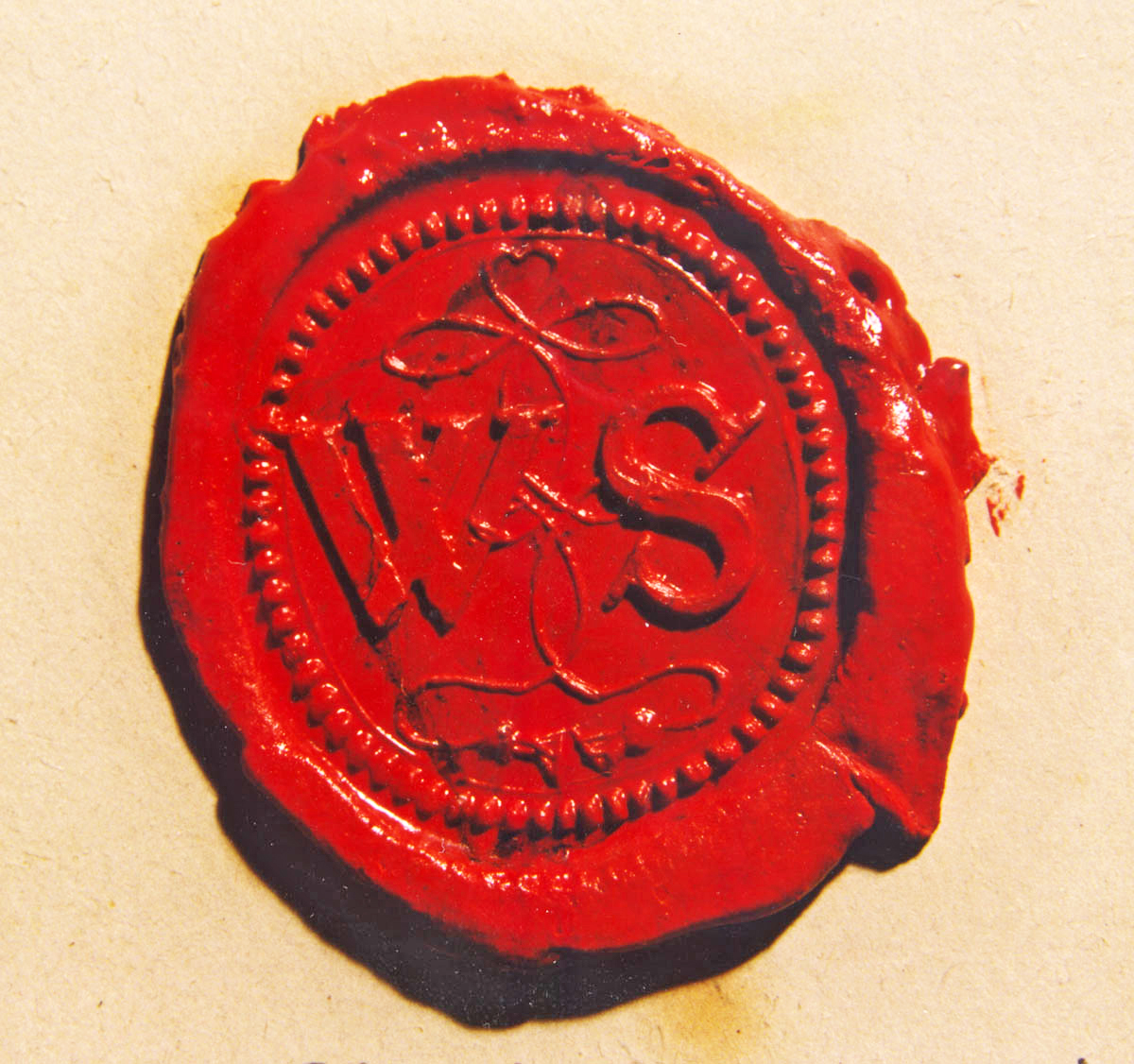
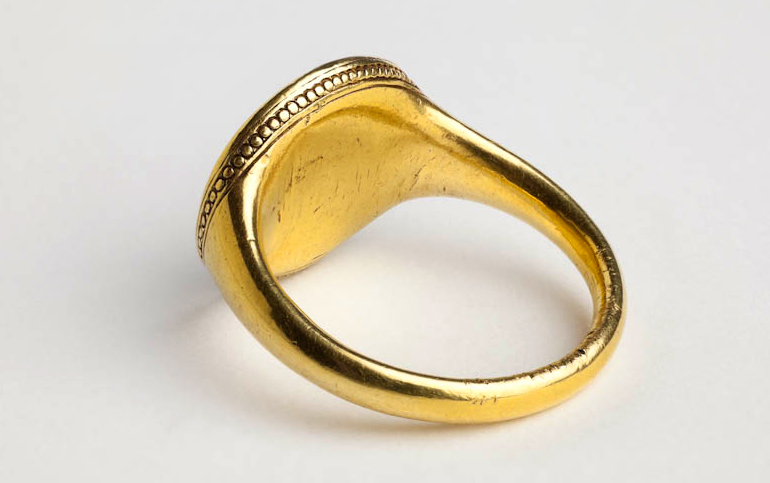
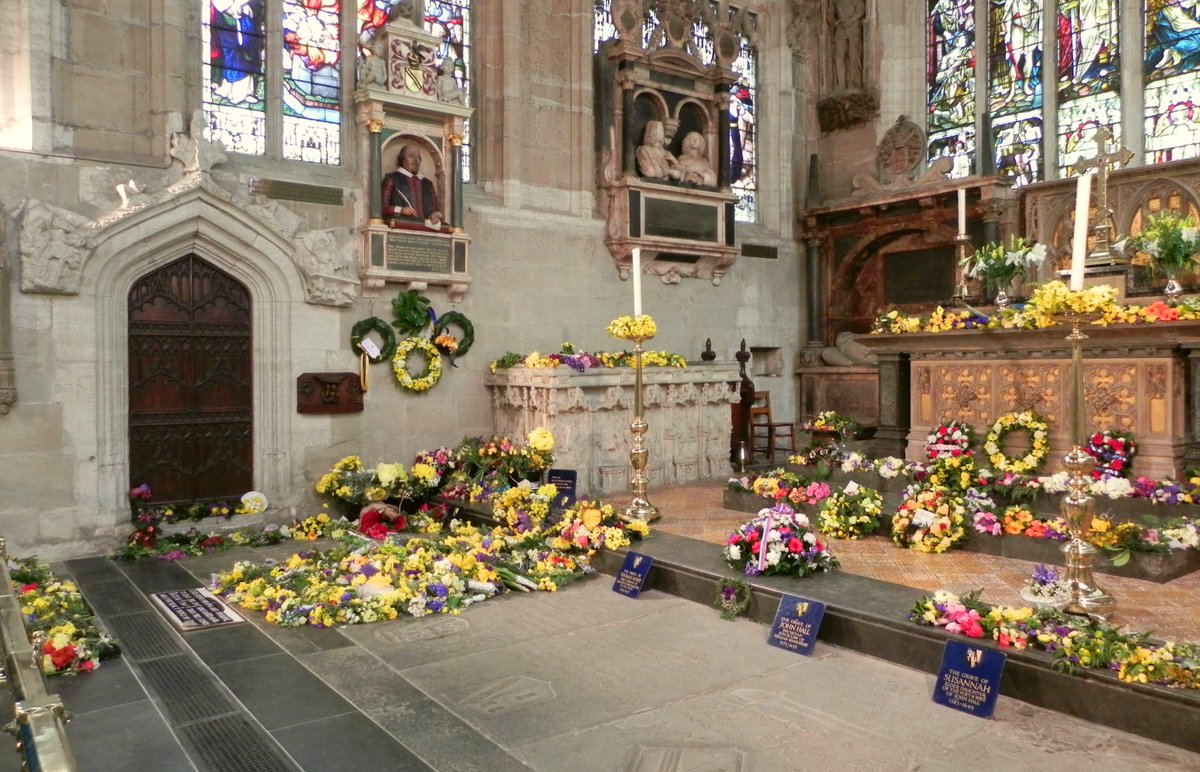
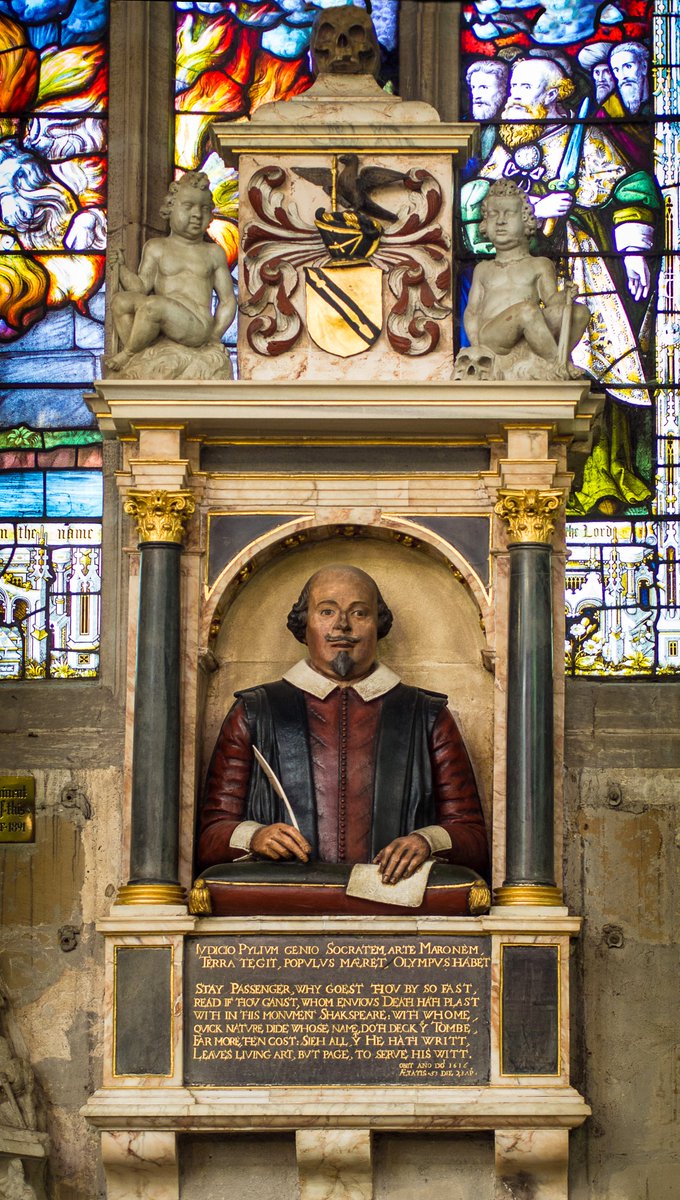


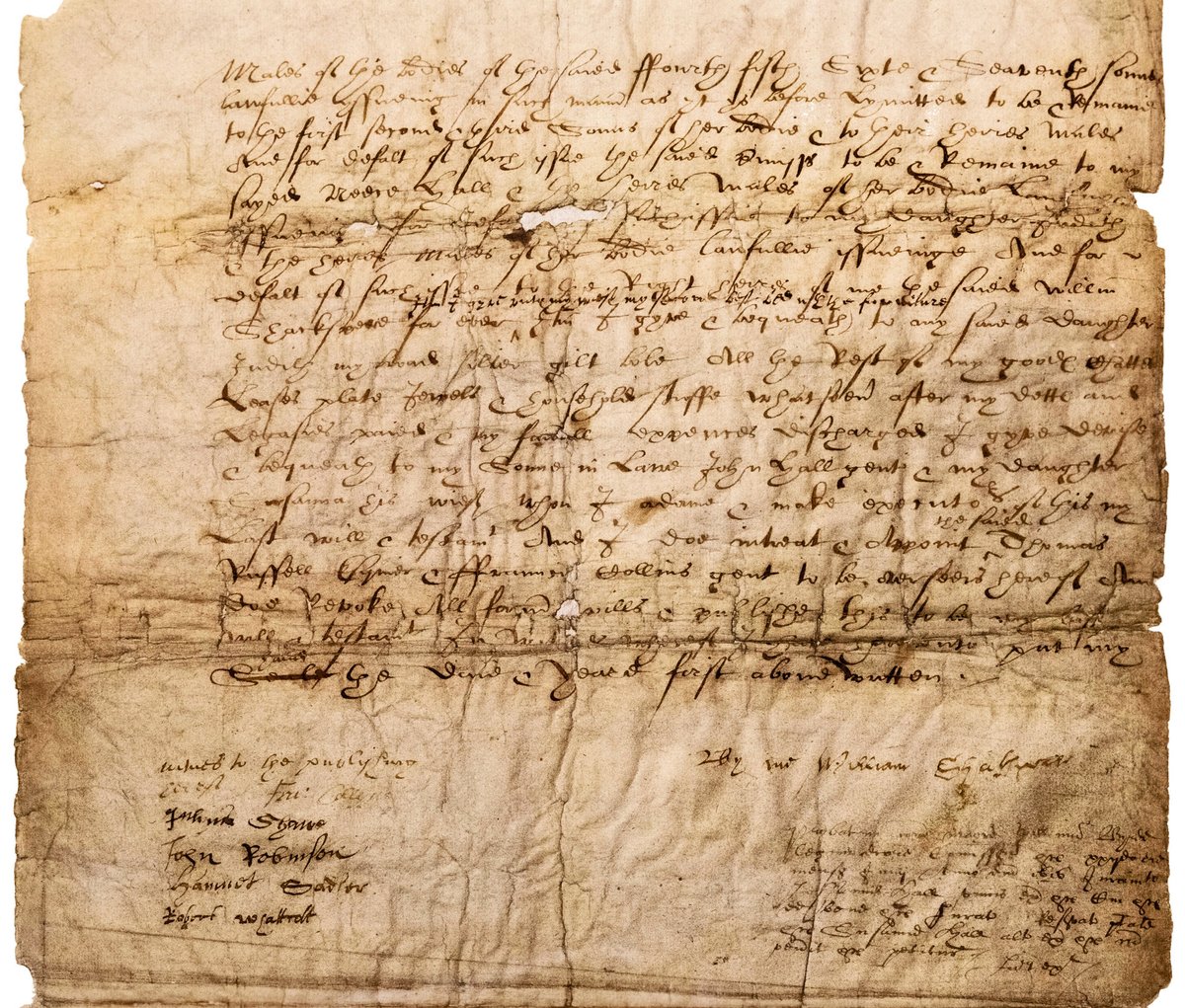
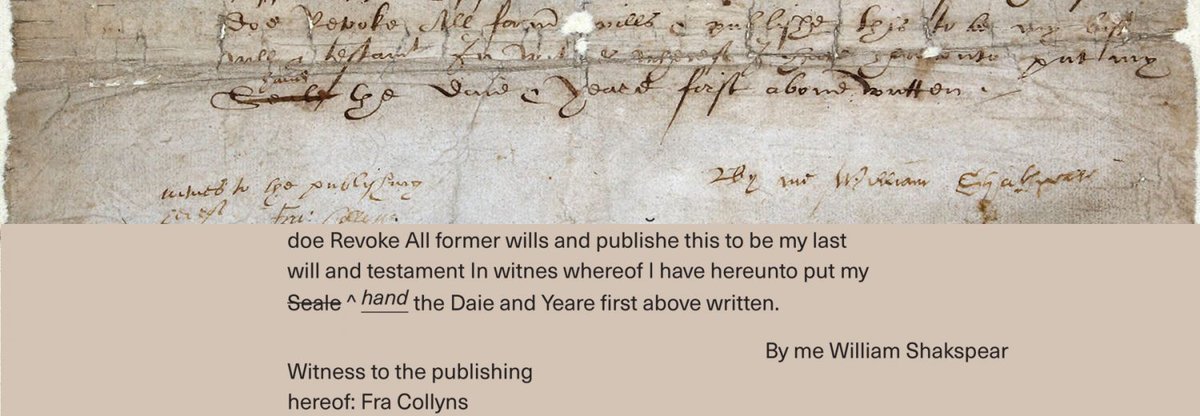
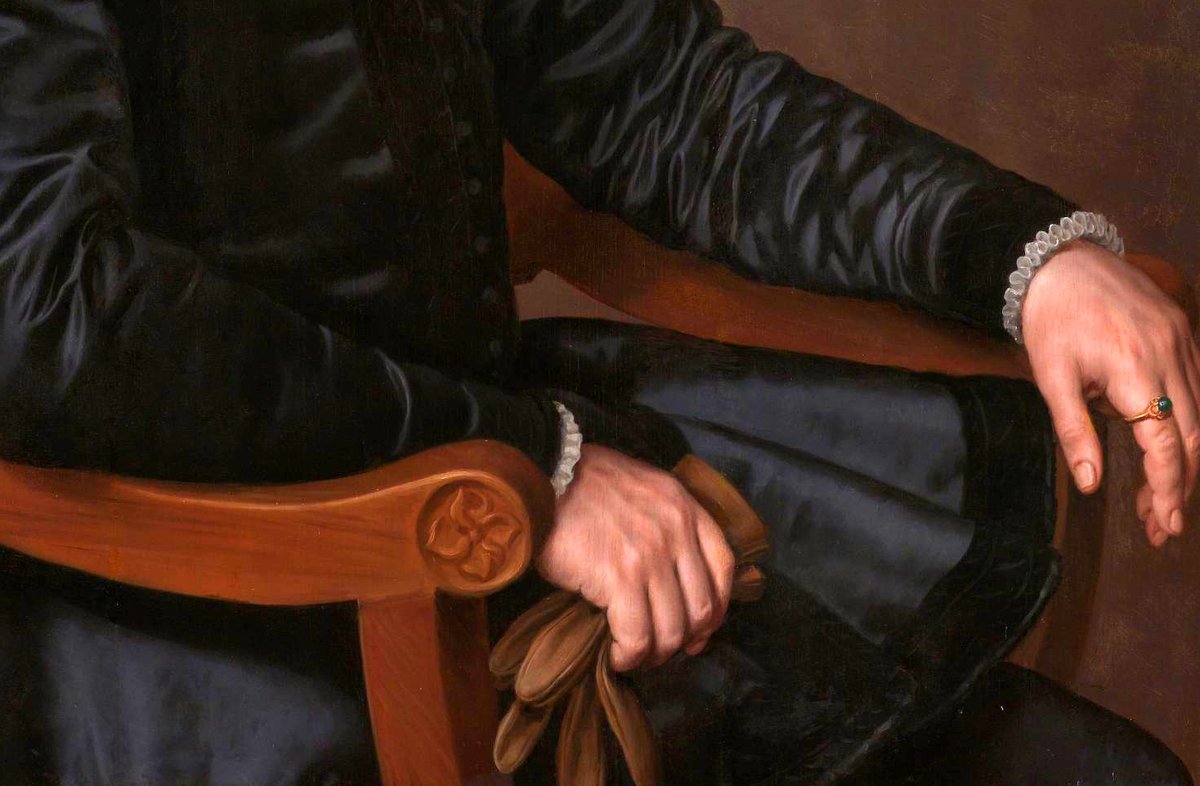

![17) The final lines of Sonnet 11: "She carv’d thee for her seal, and meant therebyThou shouldst print more, not let that copy die." Is this Shakespeare& #39;s seal? Or should we remember his other saying, often told, "all that glitters is not gold." [END] 17) The final lines of Sonnet 11: "She carv’d thee for her seal, and meant therebyThou shouldst print more, not let that copy die." Is this Shakespeare& #39;s seal? Or should we remember his other saying, often told, "all that glitters is not gold." [END]](https://pbs.twimg.com/media/EeKxti5WkAEPgve.jpg)


